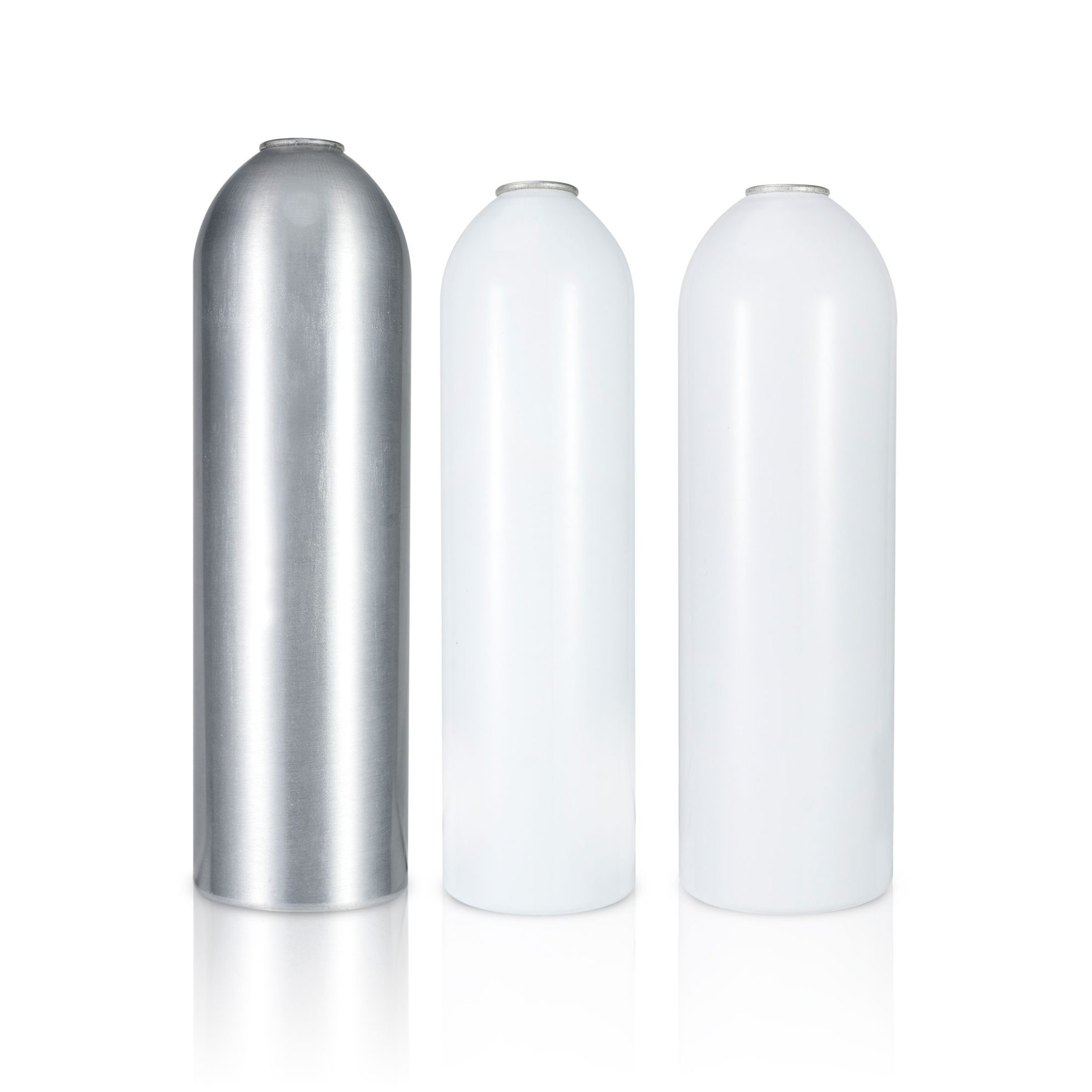Under the “America First” trade agenda, former President Donald Trump introduced reciprocal tariffs, including a 25% tariff on imported aluminum from countries such as Canada, Mexico, and China. For industries heavily reliant on global supply chains—like aluminum bottle manufacturing—this policy caused structural disruptions and cost pressures across multiple sectors.
1. Rising Manufacturing Costs Reshape Packaging Strategies
According to the Aluminum Association, average aluminum prices in the U.S. surged by 12–15% following the tariff imposition. Aluminum bottle manufacturers, positioned at the downstream of the supply chain, faced the brunt of these increases.
- Beverage Sector: Coca-Cola’s CEO stated that aluminum can costs had significantly risen, prompting the company to reconsider using more plastic bottles despite environmental concerns.
- Cosmetics Brands: Brands that had embraced aluminum bottles for their premium and eco-friendly appeal found themselves at a crossroads—preserve brand image or cut costs?
2. Small Businesses Hit Hardest, Regional Breweries Struggle
While large corporations can leverage scale and long-term contracts, smaller regional producers like craft brewers are highly vulnerable to price fluctuations.
For instance, a Texas-based craft brewery saw its aluminum bottle cost rise from $0.18 to $0.26 each—a 44% increase. In response, they cut product lines and explored switching to composite or glass packaging alternatives.
3. Employment Fallout: A Threat to the Jobs It Aims to Protect
Though intended to protect domestic jobs, the tariff policy has shown signs of the opposite effect.
- The Aluminum Association estimated that approximately 100,000 jobs—20,000 directly in aluminum and 80,000 indirectly—could be affected.
- Sectors including printing, filling, logistics, and packaging are all experiencing a slowdown in labor demand due to rising costs and reduced volumes.
4. Inflation Transmission: From Tariffs to Store Shelves
The inflationary impact of tariffs is not just an industrial issue—it’s a consumer one. As production costs climb, they ripple through the supply chain and drive retail prices higher.
In 2024, non-alcoholic beverage prices in the U.S. rose by 3.2%, with packaging accounting for over 40% of the increase. Aluminum bottles, being a sensitive input, play a major role in this uptick.
5. Environmental Reversal? Green Packaging Strategy Under Strain
Aluminum bottles were increasingly adopted by brands for their recyclability, barrier protection, and premium appeal. However, rising material costs are forcing companies to revert to plastic or glass packaging—undermining years of sustainability efforts.
This “green retreat” poses a reputational risk, especially as environmentally conscious consumers begin to scrutinize packaging choices more closely.

6. Strategic Responses: Localization and Offshore Shifts
To manage rising costs, some aluminum bottle manufacturers have started exploring alternatives:
- Domestic Sourcing: Strengthening partnerships with U.S.-based aluminum producers to reduce dependency on imports.
- Offshore Processing: Outsourcing bottle forming, printing, and coating to facilities in Southeast Asia or Latin America, then importing finished products.
- Material Innovation: Researching thinner aluminum walls or enhanced coatings to reduce total material usage while maintaining durability.
7. Industry Voices: Time for Smarter Trade Policy?
There’s growing pressure on the U.S. government to fine-tune trade policy with more flexible, targeted exemptions:
“We support fair trade, but not at the expense of small manufacturers and green innovation.” — President, American Beverage Packaging Alliance
For example, aluminum products made from recycled sources could be eligible for lower tariffs under a “green import exemption” program, aligning economic policy with climate goals.
Conclusion: Aluminum Bottles at a Crossroads
Tariffs may protect domestic interests in the short term, but the long-term ripple effects on cost structures, employment, consumer prices, and sustainability strategies are undeniable. As one of the most visible case studies, the aluminum bottle industry offers a clear lens into the broader challenges of navigating global supply chains under evolving geopolitical and trade dynamics.





